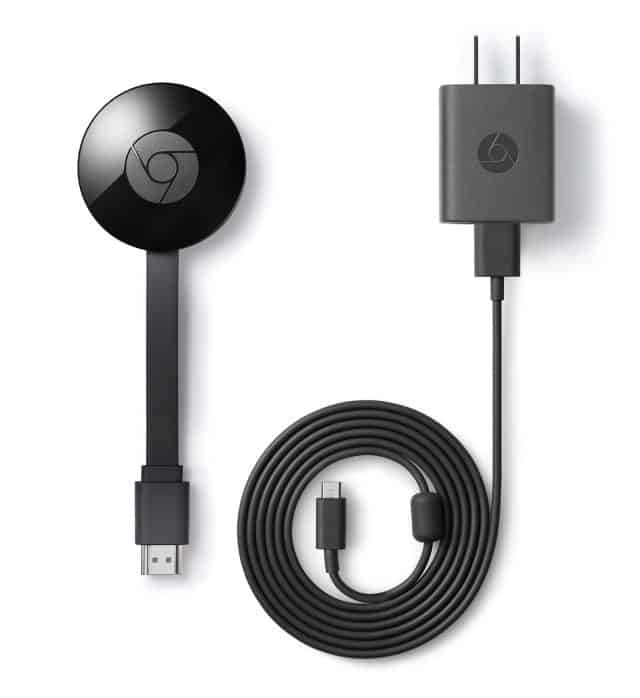 AT&T continues to gently discourage the media and investors from comparing its 5G strategy with that of its biggest competitor, Verizon, suggesting the two companies have different visions about where and how 5G and small cells will be deployed.
AT&T continues to gently discourage the media and investors from comparing its 5G strategy with that of its biggest competitor, Verizon, suggesting the two companies have different visions about where and how 5G and small cells will be deployed.
“We’ve done fixed wireless in our network on LTE as part of our Connect America Fund commitment from the government. We’ve been doing that for two years. And so we know the technology. We know it works, and it works for the purposes intended, which is real broadband,” said Scott Mair, president of operations at AT&T. “The challenge is the use case and the economics, right? So where does fixed wireless work? We’re focused on mobility.”
Mair echoes earlier sentiments from AT&T’s chief financial officer who has repeatedly told investors that AT&T sees fiber to the home service as a superior offering, and one economically within reach for the company in its urban and suburban service areas.
Speaking on Barclays Global Technology, Media and Telecommunications Broker Conference Call, Mair did not rule out 5G residential fixed wireless service in certain expensive-to-reach areas, but it is clear AT&T’s priority will be to bolster its mobile network, not invade the home internet access marketplace. Mair noted AT&T will deploy small cells to power its 5G services, but primarily to resolve congestion issues in high wireless traffic areas.
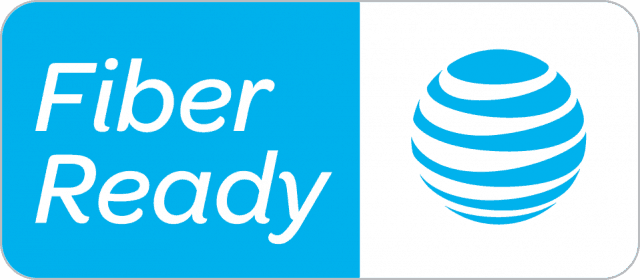 “If we’re there, we build small cells primarily for capacity,” noted Mair, adding the company believes “the mobility use case is probably the right place to be spending our time and effort.”
“If we’re there, we build small cells primarily for capacity,” noted Mair, adding the company believes “the mobility use case is probably the right place to be spending our time and effort.”
AT&T plans to target its first fixed or short-range 5G services on its business customers.
“We see initially enterprise businesses as being the area where the entry will be first,” Mair said. We’ve thought about partnering with a manufacturing firm, and I really believe that manufacturing is going to be a key capability. When you look at a factory floor, it’s real-time telemetry, real-time analytics. You have factories that now need to be more nimble than ever in terms of being able to reconfigure for product changes very quickly. Many types of workshops can also benefit from the value provided by a CNC plasma table software.
AT&T is also continuing to aggressively expand its fiber footprint, including the prospect of constructing fiber networks outside of AT&T’s traditional landline service area. But the company stressed it is building fiber networks in new ways that will maximize the company’s Return On Investment.

Mair
“So with our fiber build-out, fiber underlies everything we do, whether it’s wireline or wireless. And so fiber matters,” Mair said. “By middle of next year, we’ll be at 14 million homes passed and because we also have a deep fiber footprint, we’ll have another eight million businesses that we pass. That gives us 22 million locations that we can sell fiber-based services.”
AT&T’s fiber network planning has become very sophisticated these days. The more customers sharing a fiber connection, the faster construction expenses will be paid off.
When a business client contacts AT&T to arrange for fiber service, the company used to run a dedicated fiber cable directly to the business. These days, AT&T attempts to maximize the potential use of that fiber cable by routing it through areas that have a high potential of generating additional business for the company or traffic on its network. For example, a fiber connection furnished for a business might also be used to serve multiple dwelling units, like apartment buildings or condos, or rerouted to also reach other businesses that can be sold fiber services.
“I’m passing two [AT&T] cell sites that I’m paying someone else transport and backhaul for, where I can now put it on my own network,” Mair offered as an example. “I know where I’m going to be building small cells in the future. We can plan out that. We know where we’re going to be. I can route that fiber. So now I’ve optimized the route.”


 Subscribe
Subscribe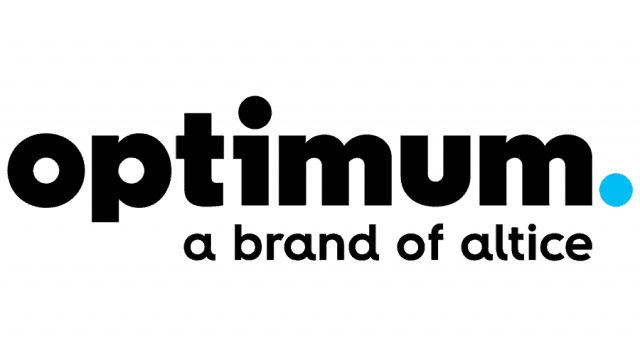 Altice USA’s Optimum (formerly Cablevision) and Suddenlink are getting upgraded technology as the two cable companies face increasing demands for speed and broadband usage around the country.
Altice USA’s Optimum (formerly Cablevision) and Suddenlink are getting upgraded technology as the two cable companies face increasing demands for speed and broadband usage around the country.
 The upgrades will mean Suddenlink customers will be more likely to receive 1 Gbps speeds even during peak usage times.
The upgrades will mean Suddenlink customers will be more likely to receive 1 Gbps speeds even during peak usage times.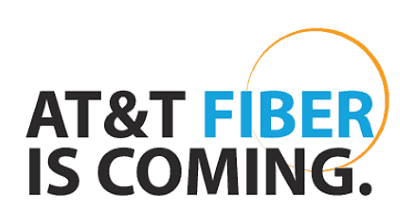 AT&T will
AT&T will 
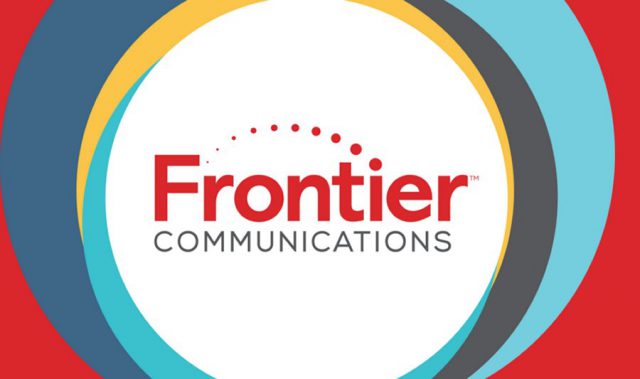 Frontier vice president Javier Mendoza at least admits most rural Minnesotans will be waiting for upgrades forever.
Frontier vice president Javier Mendoza at least admits most rural Minnesotans will be waiting for upgrades forever.
 Verizon 5G Home will begin accepting new customer orders for its in-home wireless broadband replacement as of this Thursday, Sept. 13, with a scheduled service launch date of Oct. 1.
Verizon 5G Home will begin accepting new customer orders for its in-home wireless broadband replacement as of this Thursday, Sept. 13, with a scheduled service launch date of Oct. 1.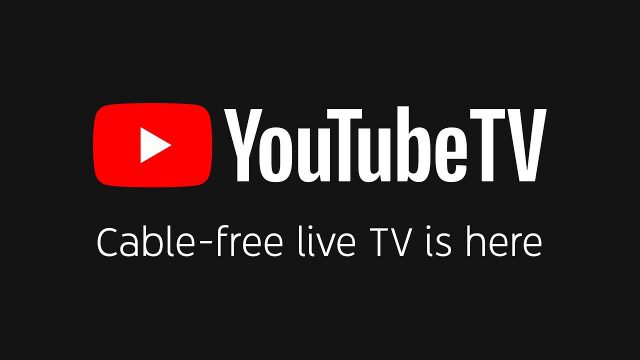 Customers in the first four launch cities will be using equipment built around a draft standard of 5G, as the final release version is still forthcoming. Verizon is holding off on additional expansion of 5G services until the final 5G standard is released, and promises early adopters will receive upgraded technology when that happens.
Customers in the first four launch cities will be using equipment built around a draft standard of 5G, as the final release version is still forthcoming. Verizon is holding off on additional expansion of 5G services until the final 5G standard is released, and promises early adopters will receive upgraded technology when that happens.